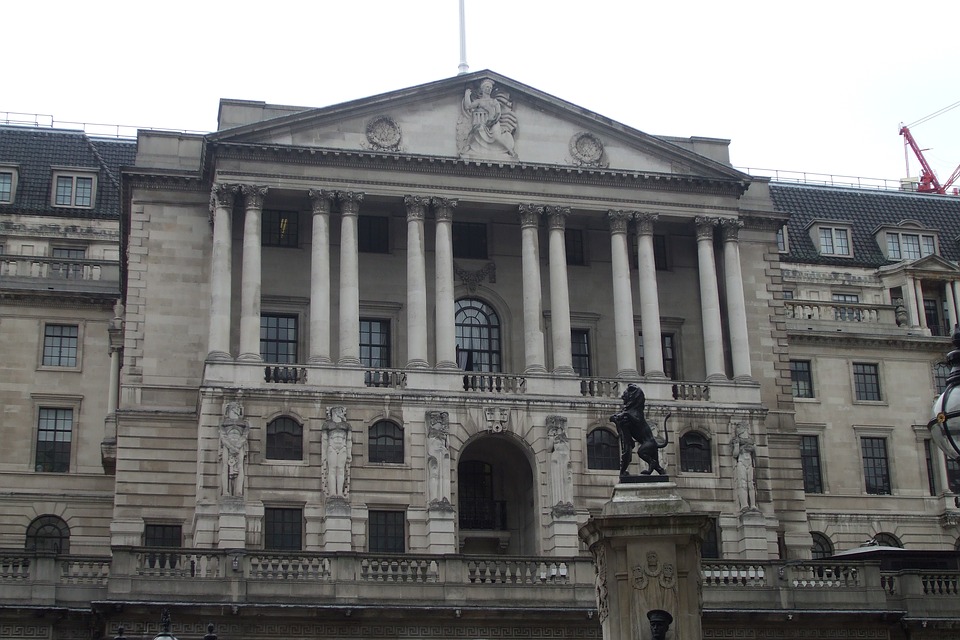The financial regulator has sent a seven-page letter to peer-to-peer lending firms warning them the industry must clean up poor practices or face a “strong and rapid” crackdown.
Peer-to-peer firms match individual borrowers or companies with lenders willing to put money aside for longer, hunting for a good return. As the banking middleman is cut out, borrowers often get slightly lower rates, while lenders can sometimes earn 6%+, though the regulator has repeatedly said it’s concerned that many don’t understand the risks involved.
Now The Times has revealed that in a letter sent to 65 firms, the Financial Conduct Authority (FCA) has highlighted an array of problems with some lenders, including weaknesses in disclosure of information to clients, complicated charging structures and poor record-keeping.
The letter itself hasn’t been published, and when we contacted it today the FCA wouldn’t officially comment. But we understand that the contents of the letter quoted in The Times is correct.
For more on how this works, including a full breakdown of the risks, see our Peer-to-Peer Lending guide.
What is peer-to-peer lending?
Peer-to-peer lending websites are industrial-scale online financial matchmakers. They can allow borrowers to get slightly lower rates, while investors who offer loans get far improved headline rates, with the sites themselves profiting via a fee.
But investing your money this way is NOT like traditional saving, as there’s no savings safety guarantee and you could lose your money. It may also be hard to get your money out early and your cash may not be lent straightaway, so you may get no interest for a while. See our Peer-to-Peer Lending guide for a full list of risks.
What does the letter sent by the FCA say?
MoneySavingExpert.com hasn’t seen the text of the letter sent by the FCA, so we don’t know full details.
However, according to The Times, the FCA says in the letter that certain platforms have made “significant changes to their business models without notifying us”. It also adds that this is being driven by pressure on many in the industry to return profits, resulting in them taking “additional, opportunistic risks” in certain areas, and warns of “severe” consequences to the stability of platforms.
The letter reportedly says the FCA is “reviewing the adequacy of a number of firms’ financial resources” and says the industry must “act now” to clean up poor practices or face a “strong and rapid” crackdown.
For full details, see The Times’ story Peer-to-peer lenders given final warning by Financial Conduct Authority (you’ll need to register to read the whole article).
What else is the FCA doing on this?
In June 2019, the regulator published new rules designed to better protect investors, which all peer-to-peer firms will need to follow by 9 December 2019. These rules include a limit on how much new investors can put into peer-to-peer lending, new checks to ensure you have the knowledge and experience to invest and stronger rules on plans if a lender goes bust. See New FCA rules on peer-to-peer lending for more info.
By Callum Mason
Source: Money Saving Expert










